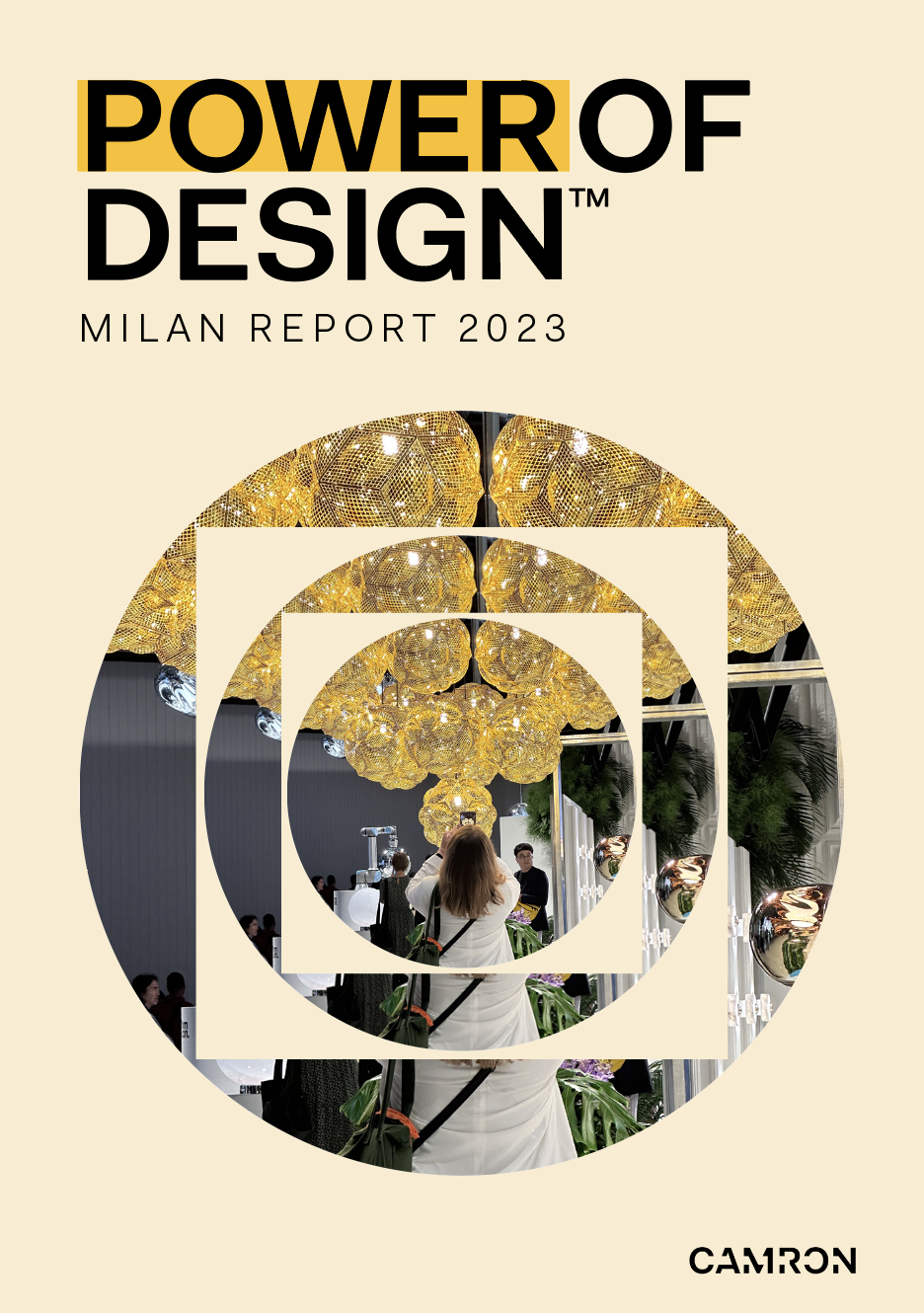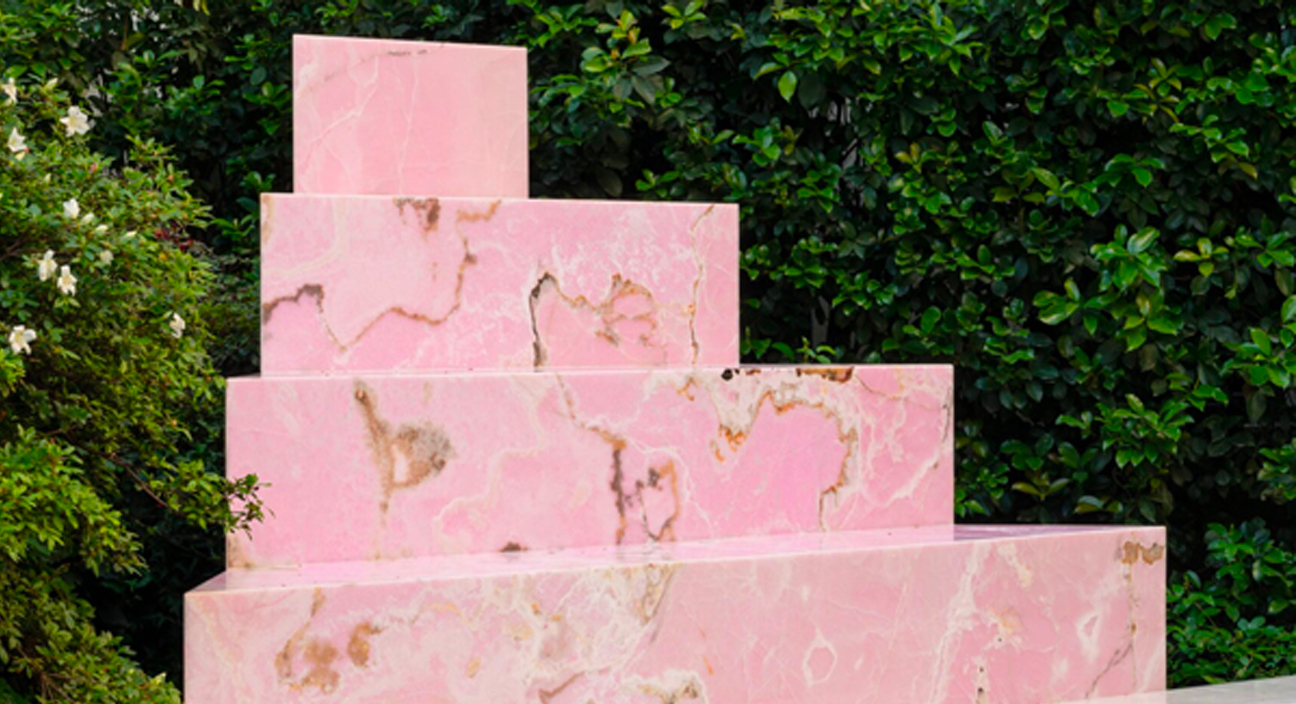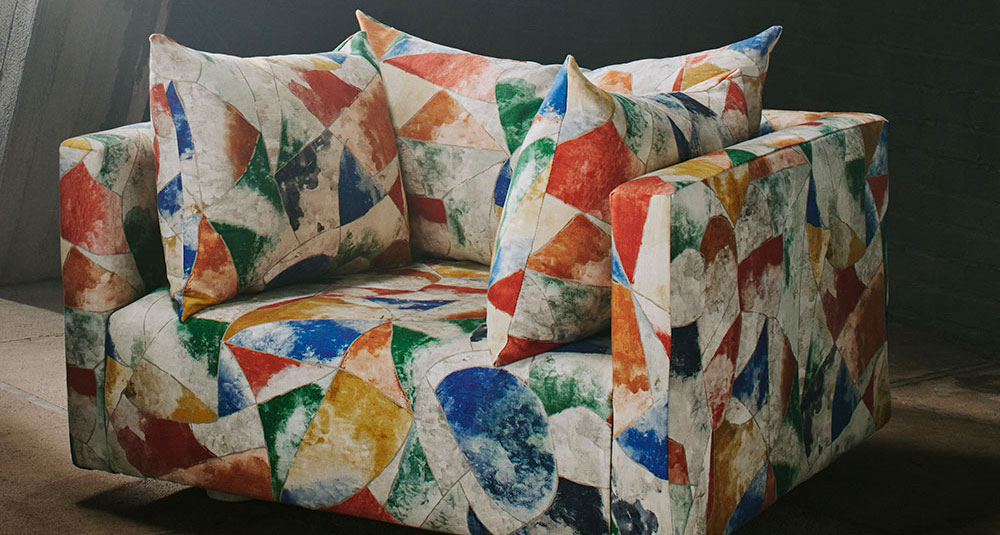Interactive exhibitions have become the go-to strategy at Milan Design Week, but how effective is this approach?

Milan design week is increasingly becoming a cultural playground. Exhibitors from across a multitude of industries descend on the city each year to capture the attention of a sought-after market that spans creatives of all stripes. But beyond the big-budget fashion brands and marquee names, how are exhibitors choosing to stand out? These brands are competing for an increasingly sophisticated audience who have been seen and selfied at exhibitions like Random International’s ‘Rain Room’ and Yayoi Kusama’s Infinity Room — they’ve seen it all. While there is ample opportunity for a perfectly executed exhibition to wow audiences and steal the show at Salone, it takes more than a clever display of technology to keep people talking. And sometimes, lo-fi even wins out over high-tech.
“It’s interesting that tech brands participate in the design world, but at the same time, I feel like they’re still missing the point. Salone is more about creativity now than product design itself. I think the key isolation point is an experiential exhibition, but what is the connection with Salone? Will they remember these exhibitions in two months’ time? There’s no follow-up. They were just made for the week, and there was no narrative behind it to take it forward.” -Valentina Giani
One of the brands that managed this successfully this year was Google’s “Shaped By Water” exhibition. The installation allowed visitors to visualise how sound waves manipulate standing water by projecting the reflection of a small pool on the exhibition space’s ceiling.
Guests were invited to lie back and gaze upwards as a classical music score made the once-still water jump, vibrate and trace lines of ripples on the reflected surface. It was a meditative experience that lasted 10 minutes — a lifetime in Salone terms — and allowed visitors to relax into the moment and fully immerse themselves in the visual display. Once the score had finished, guests were ushered into a room displaying Google’s latest products, where it was explained that the rounded screen of the brand’s newest watch was inspired by the smooth surface of a droplet of water.
The project was effective not only because of the unique concept but because it took into account the visitors’ states of mind. During a frenetic week like Salone, often the last thing one wants is an immersive display that feels overstimulating and stifling. Instead, Google allowed people to take a moment for themselves to recharge and relax. And while it was tied to the product, it was not overly so, balancing just the right amount of information and experience.
“Google was highly engaging. It was interactive. It told a product story but in a way that felt new and unfamiliar. It was well-considered and put together. They created exactly what you would expect of Google” – David Austin
While big-budget exhibitions like Google’s will always stoke conversation and draw lines down the block, we also encountered some lo-fi projects that were just as successful. A simple but effective exhibition was ‘Your Five Essentials’ by the Italian modular kitchen brand Very Simple Kitchen, which asked visitors to nominate their five most used kitchen tools by placing small yellow stickers on the ones they interacted with most each day. The exercise was created in response to a poll that asked homeowners their reasons for renovating their kitchens, from which they learned that decluttering was a top concern. It was a smart idea that posed the idea of living with less — rarely a priority during a design week.
“The watch out for any brand is the inclination to spend more and more money. It’s not always about being the biggest spender. It’s about having the best story. It’s about finding the most interesting way of creating that hook and going in. If you go in with a single-minded objective and a single-minded story, then you have the absolute ability to be fighting on a level with the Googles and the Bottegas of the world. You don’t need to outspend, you just need to find ways of outmanoeuvring them when it comes to that cultural conversation.” – David Austin
Leaving the exhibition, groups of visitors were heard debating their own choices amongst themselves. The genius of the project was that it sparked conversations that are universal and that allow you to learn about the quotidian details of friends and colleagues you would otherwise never know (how they make their coffee in the morning, whether they have a glass of wine at night).
No matter the resources available, the goal should always be to get people talking, which Very Simple Kitchen did in a memorable and unconventional way. It showed that interactive does not necessarily mean extravagant — and the key to capturing audiences’ attention is sometimes, simply, just a clever idea.




